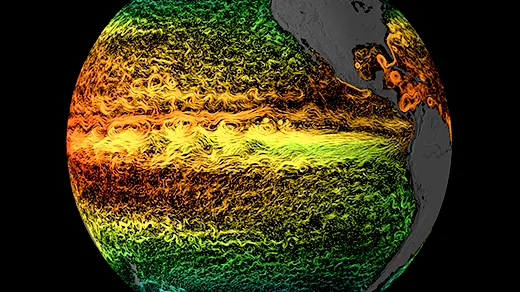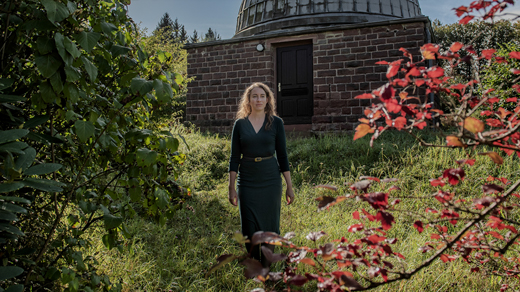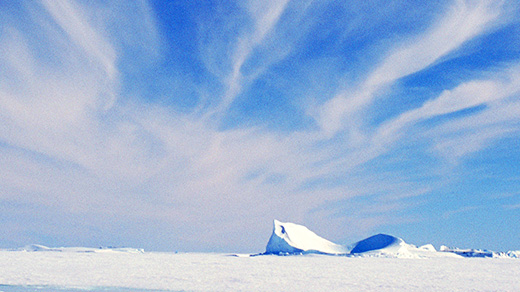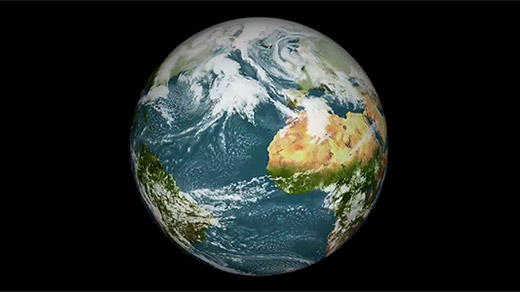What's up in
Atmospheric science
Latest Articles
The Climate Change Paradox
Earth’s climate is chaotic and volatile. Climate change is simple and predictable. How can both be true?
How Humanity Amplified Life’s Quest for Energy
A planetary perspective on the relationship between life and energy, and the emergence of a life form whose influence extends across the entire biosphere — presenting us with an awesome opportunity.
Physicists Pinpoint the Quantum Origin of the Greenhouse Effect
Carbon dioxide’s powerful heat-trapping effect has been traced to a quirk of its quantum structure. The finding may explain climate change better than any computer model.
How Quantum Physicists Explained Earth’s Oscillating Weather Patterns
By treating Earth as a topological insulator — a state of quantum matter — physicists found a powerful explanation for the movements of the planet’s air and seas.
A Solution to the Faint-Sun Paradox Reveals a Narrow Window for Life
We might have a past faint sun to owe for life’s existence. This has consequences for the possibility of life outside Earth.
Detailed Footage Finally Reveals What Triggers Lightning
Scientists have never been able to adequately explain where lightning comes from. Now the first detailed observations of its emergence inside a cloud have exposed how electric fields grow strong enough to let bolts fly.
The Astronomer Who’s About to See the Skies of Other Earths
After the ultra-powerful James Webb Space Telescope launches later this year, Laura Kreidberg will lead two efforts to check the weather on rocky planets orbiting other stars.
Cloud-Making Aerosol Could Devastate Polar Sea Ice
An overlooked but powerful driver of cloud formation could accelerate the loss of polar sea ice.
Global Wave Discovery Ends 220-Year Search
An 18th-century physicist first predicted the existence of a chorus of atmospheric waves that swoop around Earth. Scientists have finally found them.








